Li Yang returned to photograph his hometown, an abandoned city known as 404, which was once China’s largest nuclear base
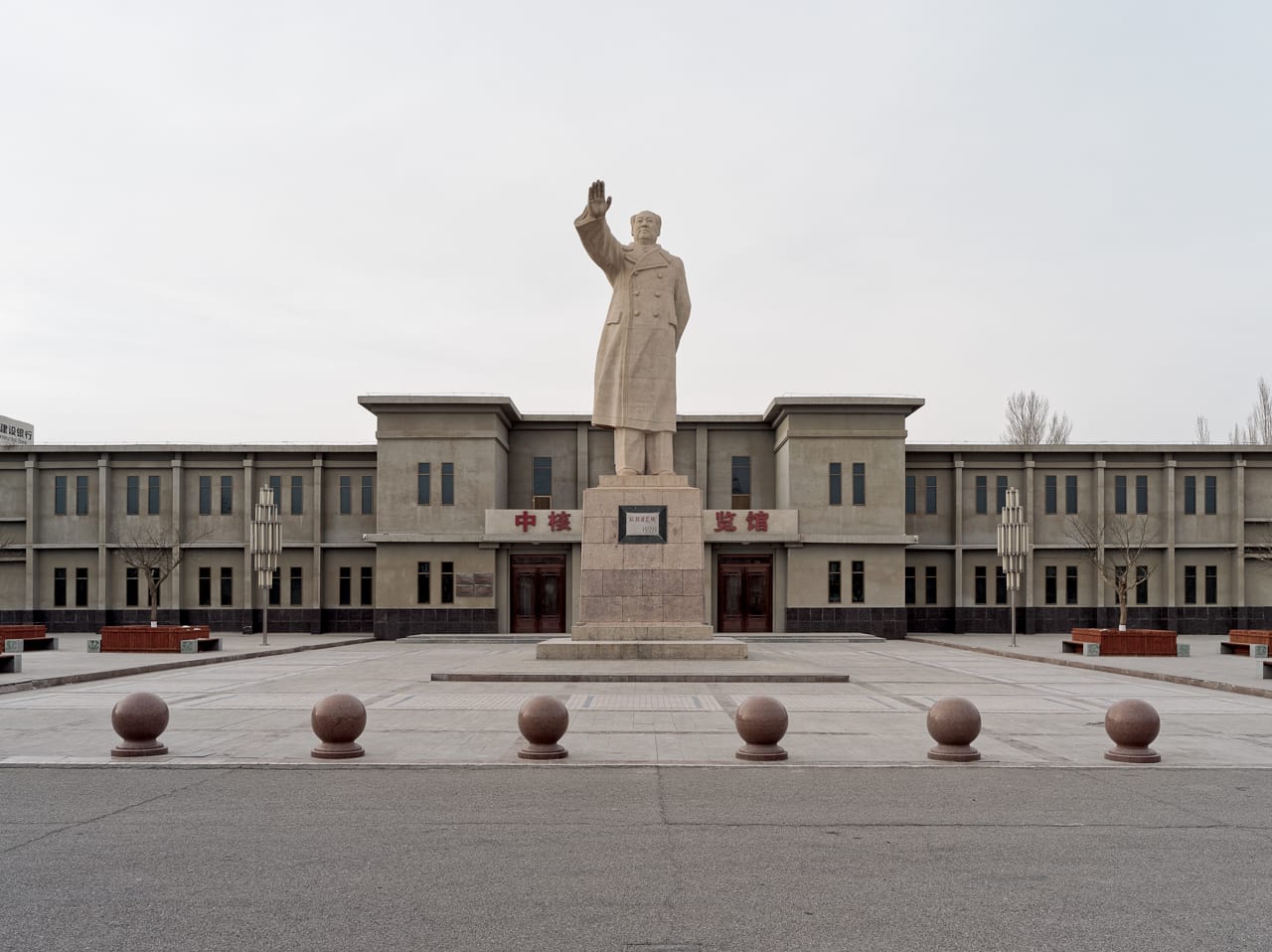

Li Yang returned to photograph his hometown, an abandoned city known as 404, which was once China’s largest nuclear base
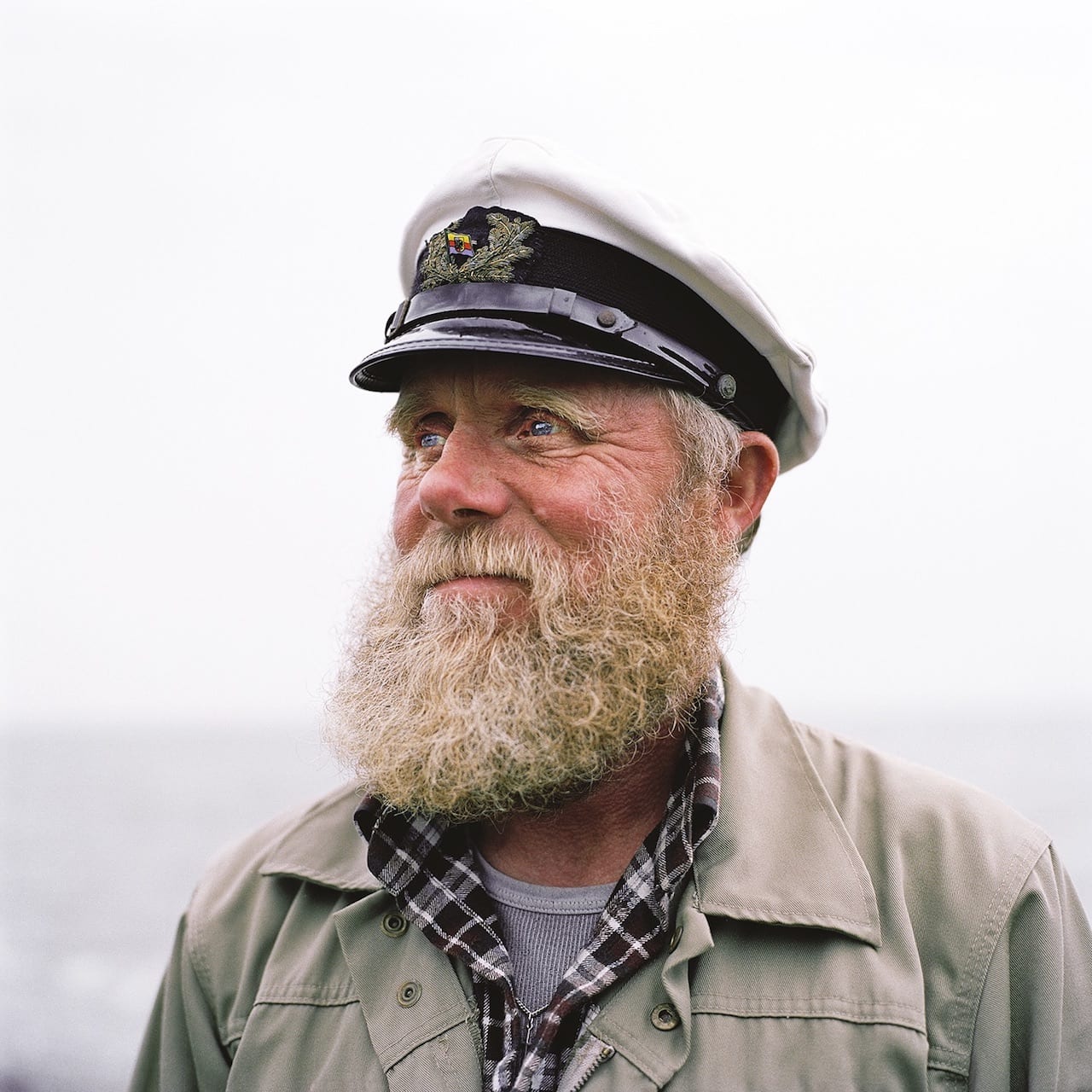
Antony Sojka visits the Halligen to witness the tides, landscape and people of these North Sea islands
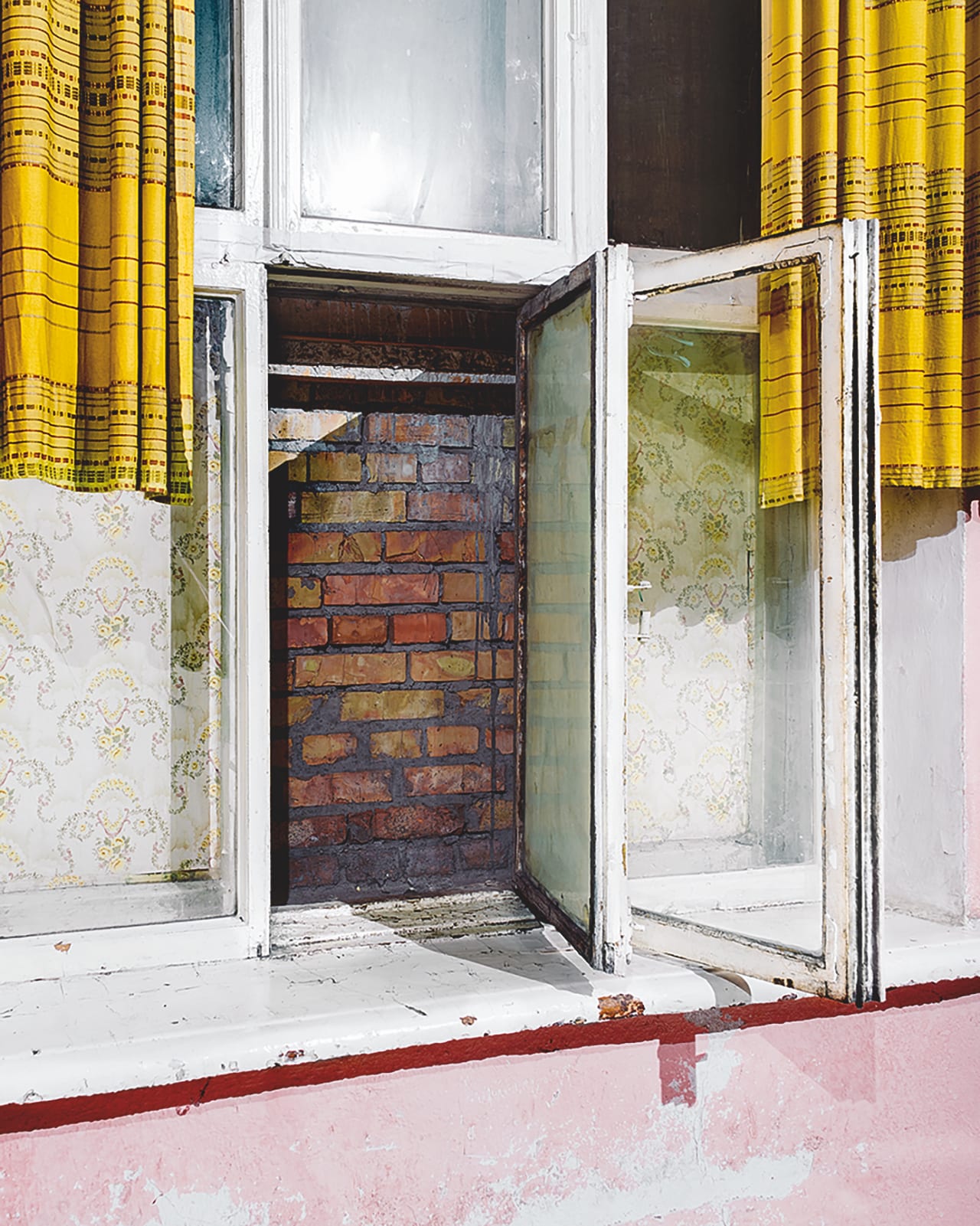
David Devil’s work that shows the psychological impact of conflict in the Ukraine is now published in a book
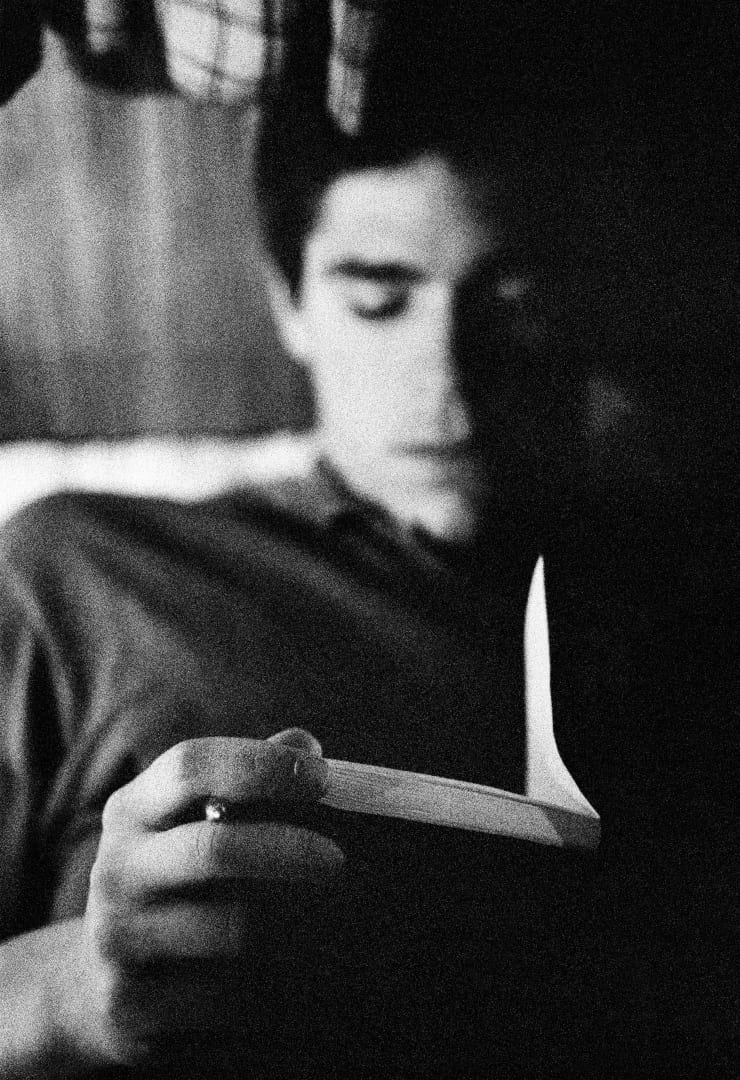
“It is about how a boy became a young man — how he discovered brotherhood and the world,” says Lorenzo Castore as he reveals the first volume of his life-long project
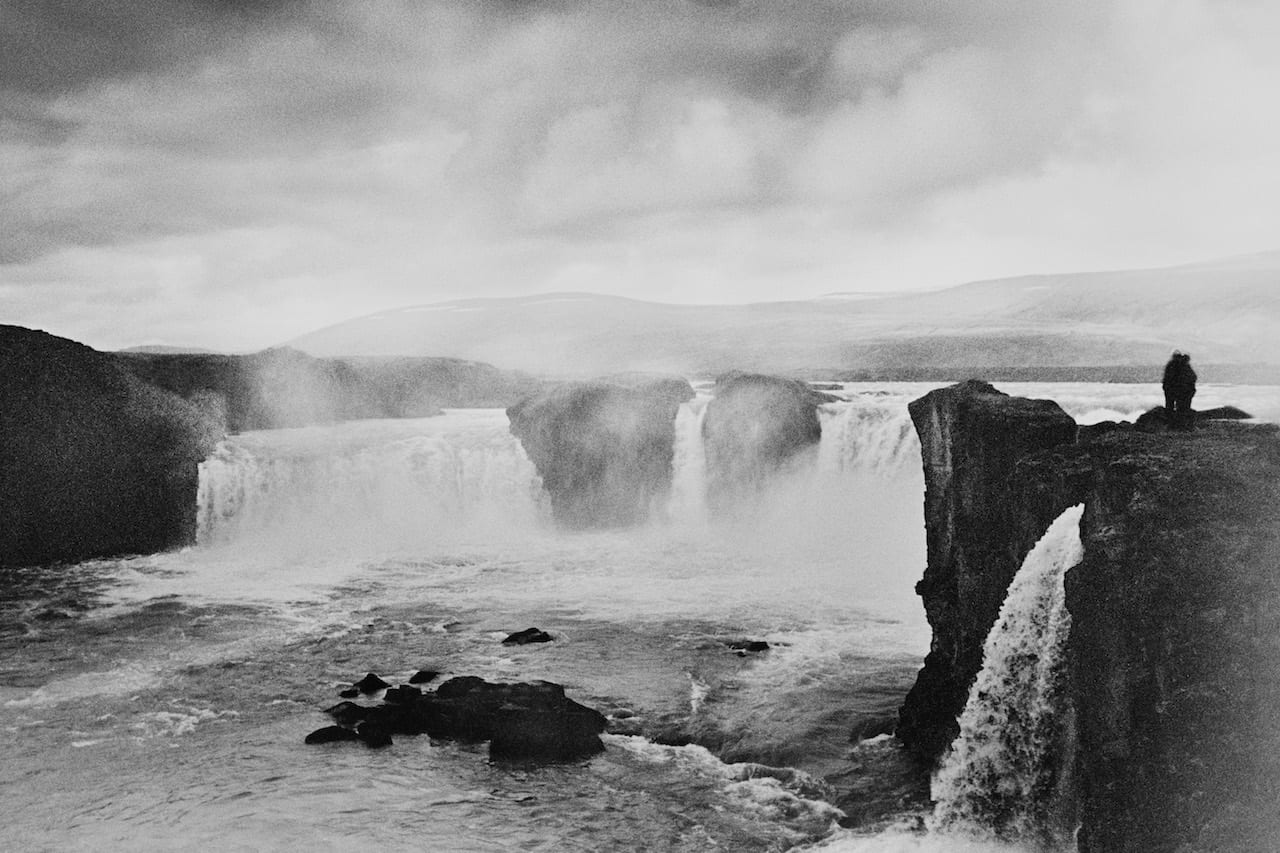
After the 2010 eruption of the Eyjafjallajökull volcano in Iceland, a series of events shook up Theo Elias’ life, inciting him to travel to the place that he felt corresponded with his chaos
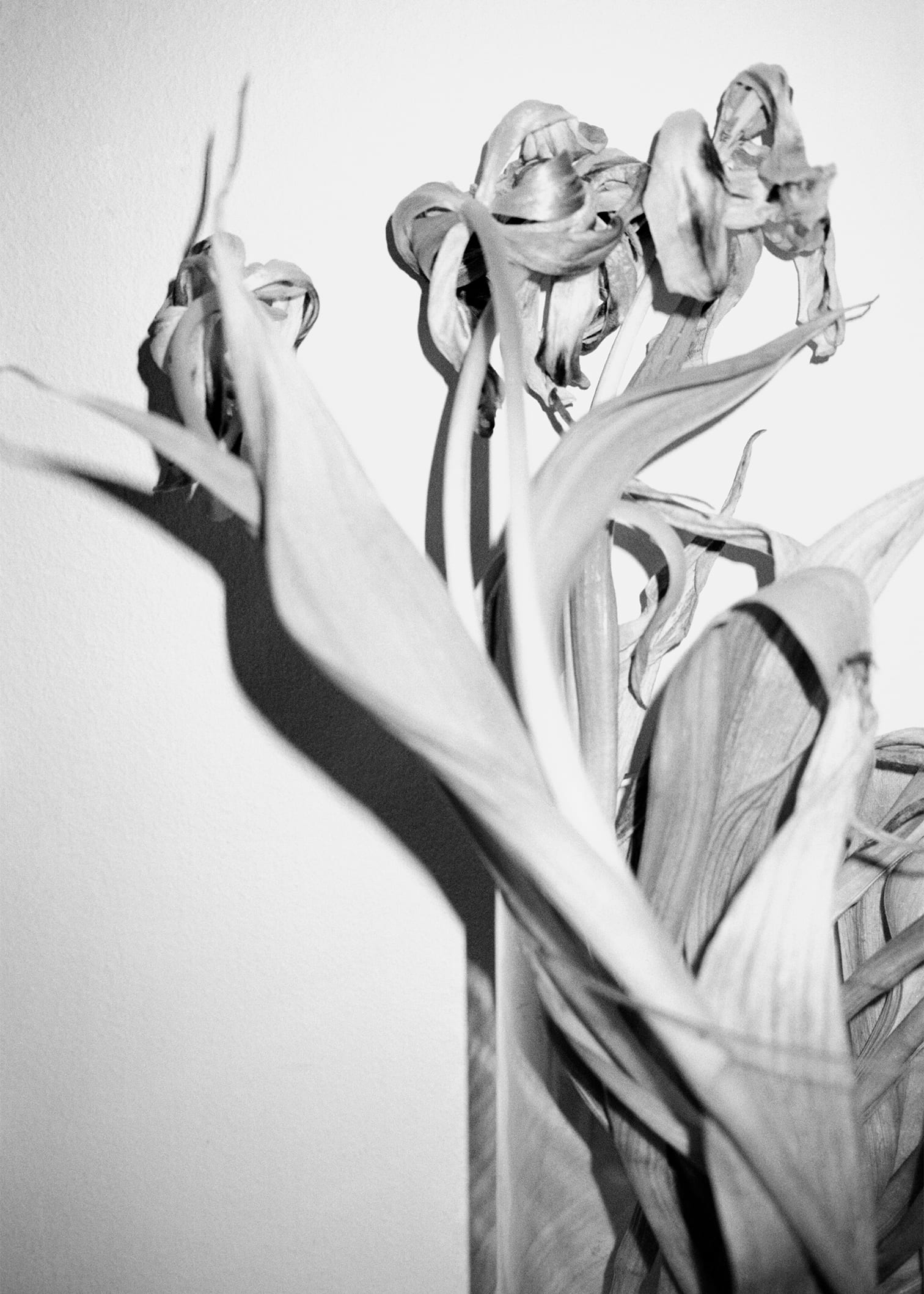
Shot over the course of 15 years, Drunk in Love documents the photographer and her friends’ search for sexuality, freedom, and love
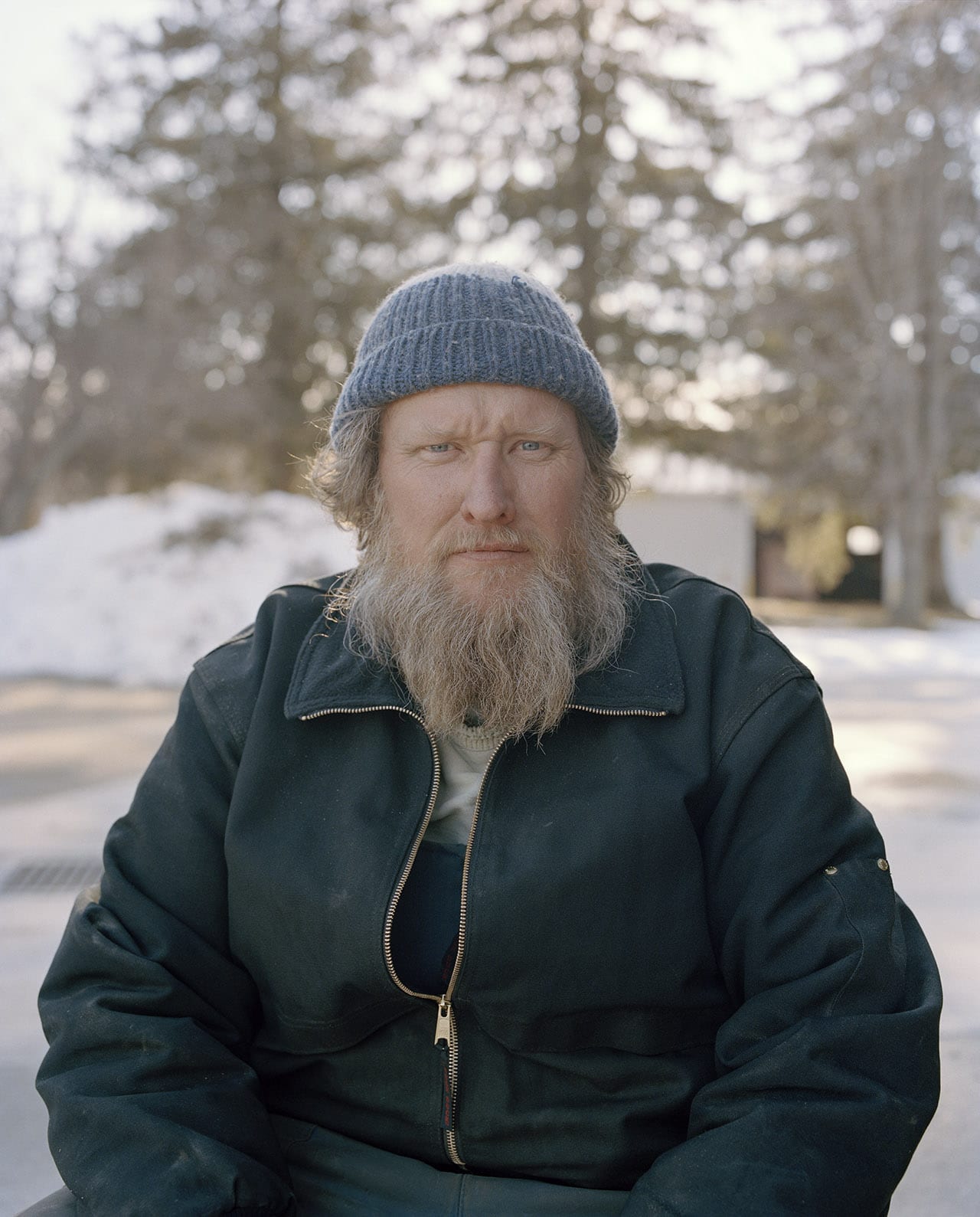
Influenced by her family connections, Sadie Catt explores the hidden depths of Woodstock, Ontario
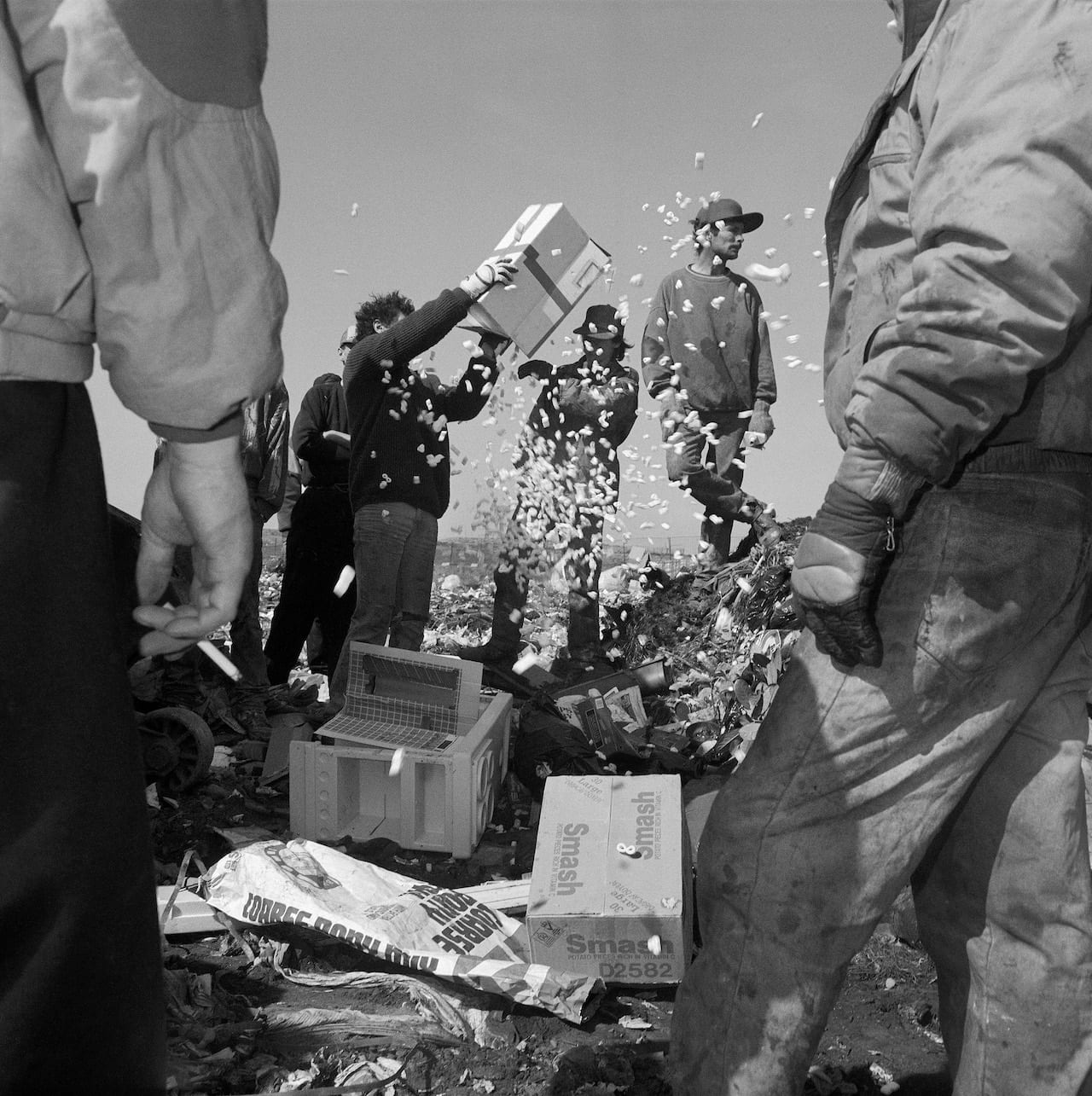
Ken Grant’s latest photobook documents a landfill site in the dockland district of Birkenhead, North West England, and the people who gathered there between 1989 and 1995